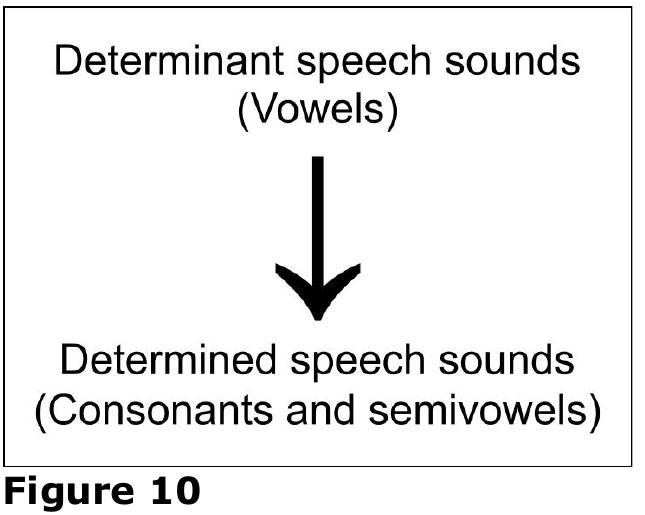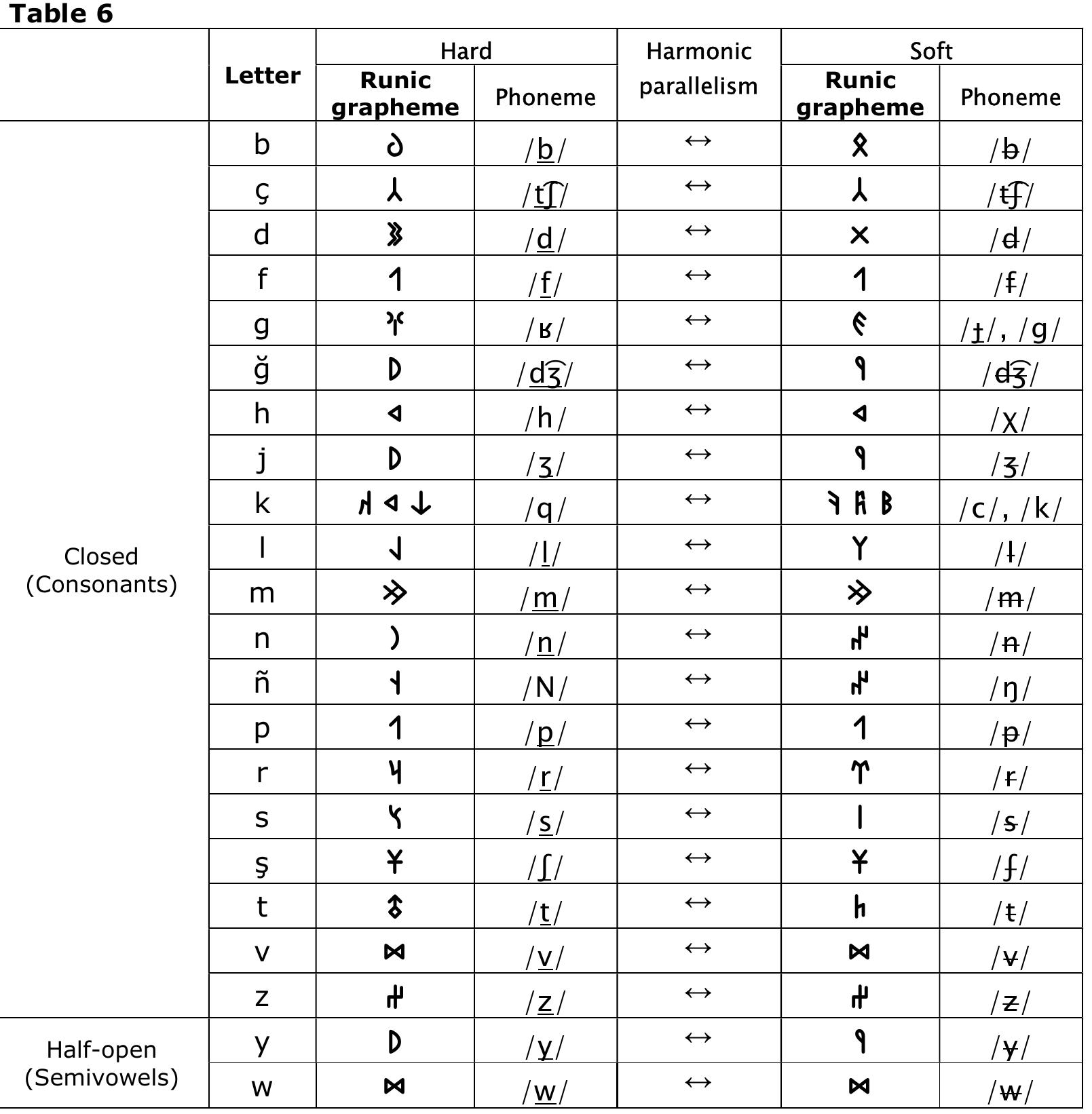Key research themes
1. How does underspecification theory shape our understanding of lexical representations in language acquisition and processing?
This research area investigates the nature and development of lexical representations in both toddlers and adults, focusing on the phonological underspecification hypothesis. The theory posits that certain phonological features, particularly unmarked ones like coronal place of articulation, may be unspecified in the mental lexicon, leading to predictable asymmetries in speech perception and lexical activation. Understanding these representations informs models of language acquisition, speech perception, and lexical processing across the lifespan.
2. What are the epistemological and philosophical challenges posed by underdetermination theory to scientific knowledge and realism?
This theme explores the underdetermination problem in the philosophy of science—how empirical data may be insufficient to conclusively determine a single theory among multiple empirically equivalent alternatives. It investigates the implications of underdetermination for scientific realism and skepticism, the nature of evidence and rational belief, and examines various strategies, including Bayesian epistemology, methodological virtues, and indirect confirmation, to address or mitigate underdetermination's threat to knowledge claims.
3. How does underdetermination theory intersect with scientific realism and the interpretation of theoretical equivalence?
This research line examines the implications of empirical and theoretical underdetermination for the debate between scientific realism and anti-realism, focusing on the nature of empirical equivalence between competing theories, the role of theoretical virtues in theory choice, and how scientific paradigms and conceptual frameworks influence meaning and theory assessment. It also includes analyses of incommensurability and meaning variance in scientific revolutions, challenging simplistic appraisals of theory choice and progress.



























































